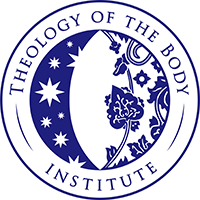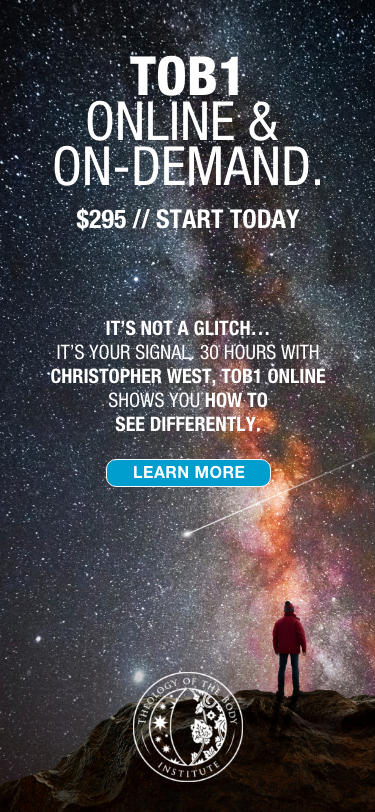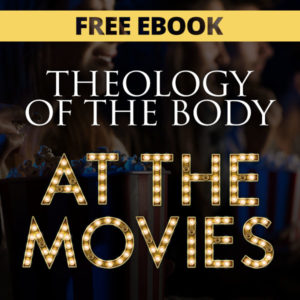

How to Experience the Eros of Easter Through the Cry of the Song of Songs
How to Experience the Eros of Easter Through the Cry of the Song of Songs

Spring is springing. Bees are buzzing. Flowers are blooming. All of creation is proclaiming the message of Easter – new life! If God is speaking to us through the natural world, then it’s clear that one of his favorite subjects, especially this time of year, is mating and fertility, coupling and life-givingness. One has to be blind not to recognize this unending song of love and life everywhere.
If what I’m saying sounds crazy, “ask the animals, and they will teach you, or the birds of the air and they will tell you; or speak to the earth and it will teach you, or let the fish of the sea inform you” (Job 12:7-8). Listen, and you will hear all of nature singing its own version of the Song of Songs, that biblical “ode to eros” that whispers the secrets of divine love … and the secrets of Easter!
In his marvelous pre-papal book Introduction to Christianity, Pope Benedict XVI explained that we can only understand what Christ’s Resurrection means in light of the noble erotic cry of the heart found in the Song of Songs. He chides those who push this Old Testament book aside and challenges us to recognize the essence of Easter hidden within it. Here eroscries out for a love that is “strong as death” (Song 8:6). “To the Christian, faith in the resurrection of Jesus Christ is the expression of the certainty that [this] saying which seems to be only a beautiful dream is in fact true: ‘Love is strong as death.’” Ratzinger continues:
The boundless demands of eros … give expression to a basic problem, indeed the basic problem, of human existence in so far as they reflect the nature and intrinsic paradox of love: love demands infinity, indestructibility; indeed it is, so to speak, a call for infinity. But it is also a fact that this cry of love cannot be satisfied [on its own], that it demands infinity but cannot grant it; that it claims eternity but is in fact included in the world of death, in its loneliness and its power of destruction. Only from this angle can one understand what “resurrection” means. It is the greater strength of love in the face of death. (p. 230).
Let’s unpack this potent passage a bit. The basic problem of human existence, according to Ratzinger, is this: there is a cry in the human heart for something it cannot grant itself – a cry for infinite love, for infinite fulfillment; a cry called eros. The Resurrection of Christ is where human eros meets divine Eros – where the yearning of the human heart for infinity meets the yearning of the Infinite One to grant the human heart precisely that for which it yearns. On Easter morning, Christ the Bridegroom proclaims in fact that love is stronger than death!
So, how do we experience the eros of Easter? First, we mustn’t crush the yearning of the heart for Infinite life and love. Rather, we must have the courage to allow it to be awakened in us, to be turned on and turned up! Up is the operative word. For if we take eros horizontally, we find ourselves deceived by what Benedict XVI calls “false infinities” – those sterile pleasures that provide only the semblance of satisfaction.
And if we have fallen for these counterfeit fulfillments, Benedict urges us never to forget that “the dynamism of desire is always open to redemption. … We all, moreover, need to set out on the path of purification and healing of desire. We are pilgrims, heading for the heavenly homeland.” The pilgrimage of eros “is not, then, about suffocating the longing that dwells in the heart of man, but about freeing it, so that it can reach its true height” (Benedict XVI, Nov 7, 2012).
That true height is where the eros of Easter launches us – to Infinity … and beyond!
Image: Wikimedia Commons



